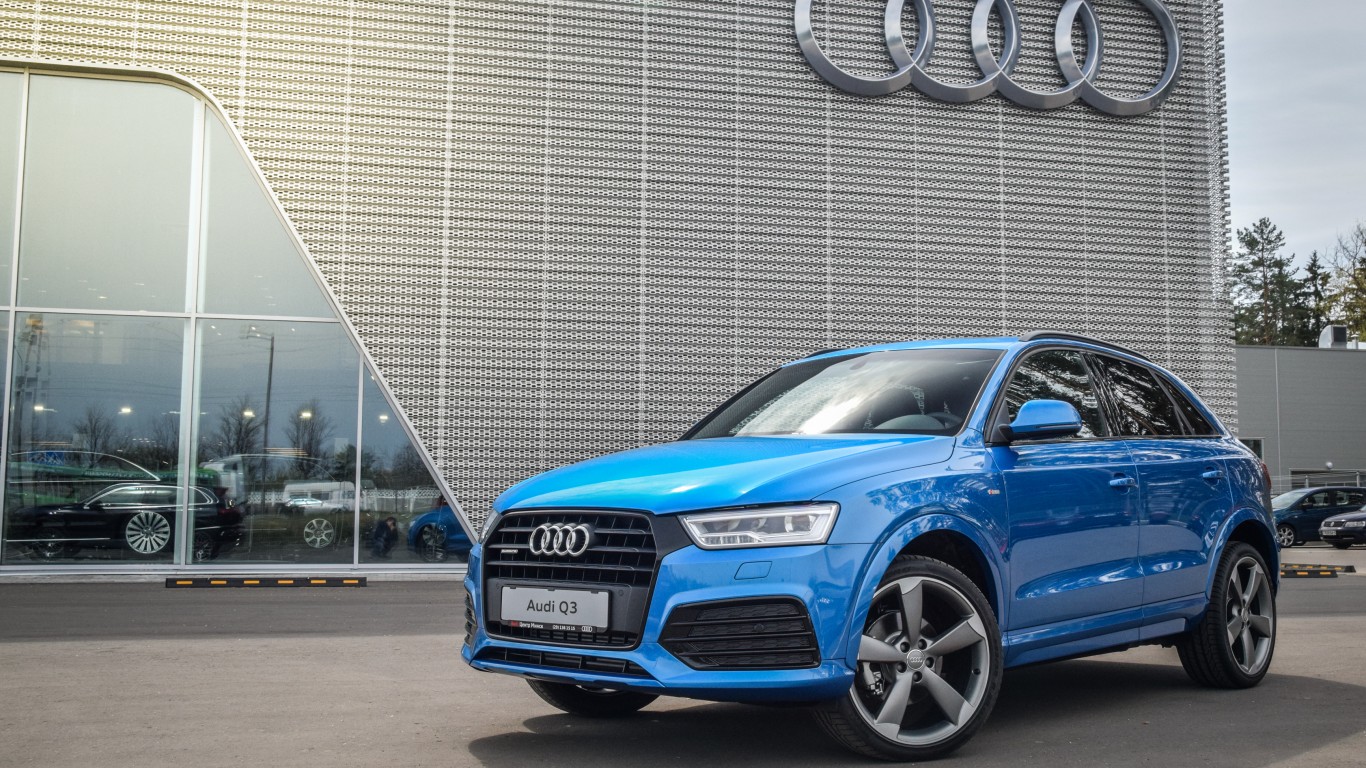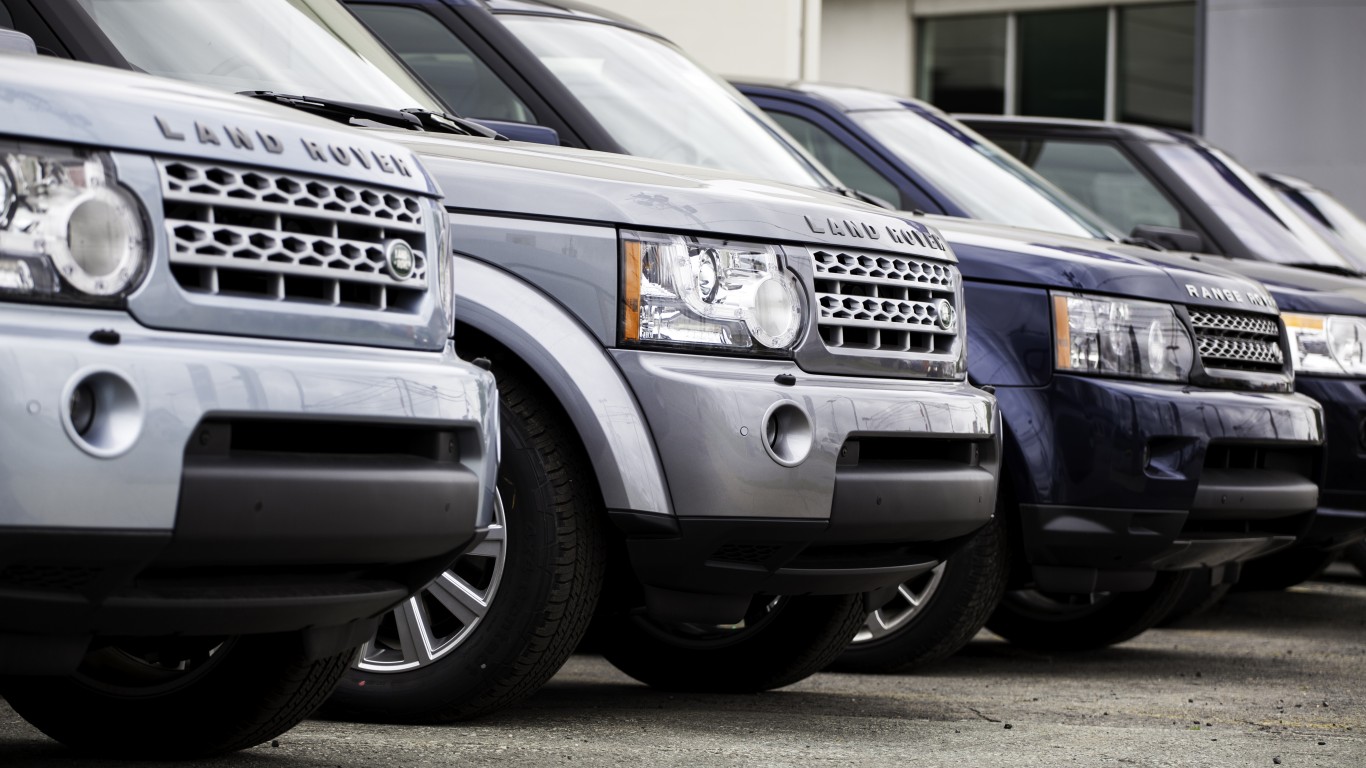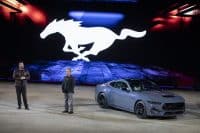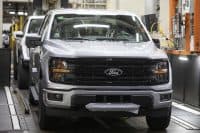
From time to time, news reports show that a car model may be dangerous. Usually, the news is accurate. The trouble triggers a recall and an investigation by the National Highway Traffic Safety Administration. The Honda CR-V and HR-V models built from 2018 to 2022 are the latest vehicles to fit this pattern. According to The Wall Street Journal, an investigation of this trouble could cover 1.72 million of these models.
[in-text-ad]
The nature of the problem is that these cars can lose power at high speeds. The Wall Street Journal says Honda knows about the issue and has cooperated with the government investigation.
The Honda news is yet another example that something can go wrong no matter how sophisticated vehicle development and production are. To this extent, cars built today are only slightly different from those built decades ago. Modern cars have more parts and features. That means there is more than can go wrong.
The NAPA reports that a typical car built today has over 30,000 parts. Most of these are included in systems that could fail. However, thousands of parts are due to much more sophisticated design schematics. Software is used more often to design and test vehicles. And that software can have its own flaws.
The quality problems with recently designed and manufactured cars raise the issue of what tradeoffs car companies should make. A modern car can almost drive itself and bristles with safety features. Cameras show people what is behind them as they back up. Laser sensors tell drivers when they have departed the lanes they drive in. While all of these work, there is an extent to which they risk making the driver less alert about what is around them.
The Honda car engine problem is one of many that will raise questions about the safety of late-model cars. The next one, if history is any guide, is right around the corner.
Thank you for reading! Have some feedback for us?
Contact the 24/7 Wall St. editorial team.
 24/7 Wall St.
24/7 Wall St.



